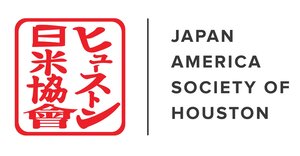Week 4 of our “Wagara Wednesday” series highlights the stripe, known as #Shima (#縞) in Japan.
The simple vertical stripe pattern first began to be seen during the Muromachi Period (1336–1573). However, unlike with other patterns, stripes were neither dyed nor painted on fabric but woven in. As such, this pattern was worn primarily by upper-class aristocrats until the production of cotton fabrics began.
Variations of the stripe using chains or interlinking diamonds began to appear during the Edo Period (1603–1868). The design was said to be used in the Yoshiwara District, which was known as the “playground of Edo.” The teahouses in Yoshiwara used curtains bearing the “Yoshiwara Tsunagi” (#吉原つなぎ) chain pattern. The pattern symbolized how the district drew you in and held you, like chains.
Despite the pattern’s rather colorful origins, it grew to have the positive meaning of “Yoshiwara Tsubaki” (#吉原つばぎ). Now, the chains represent the interconnectedness of the community, and the pattern is said to bring good luck.
In this challenging time, may the Shima Pattern remind us that we are all still connected despite being apart.
Together apart, we will overcome this crisis.
Sources include: https://www.wargo.jp/user_data/yoshiwara_tsunagi.php & http://www.ikiya.jp/crest/sima/top.html

